Concrete Coloring Systems
While stains, dyes, and color hardeners can be applied topically to existing concrete surfaces, integral colors are mixed right into the concrete. Integral color is the perfect way to add color to new concrete pours.
Tips, tricks and product updates:
Get the Brickform newsletter!
While stains, dyes, and color hardeners can be applied topically to existing concrete surfaces, integral colors are mixed right into the concrete. Integral color is the perfect way to add color to new concrete pours.
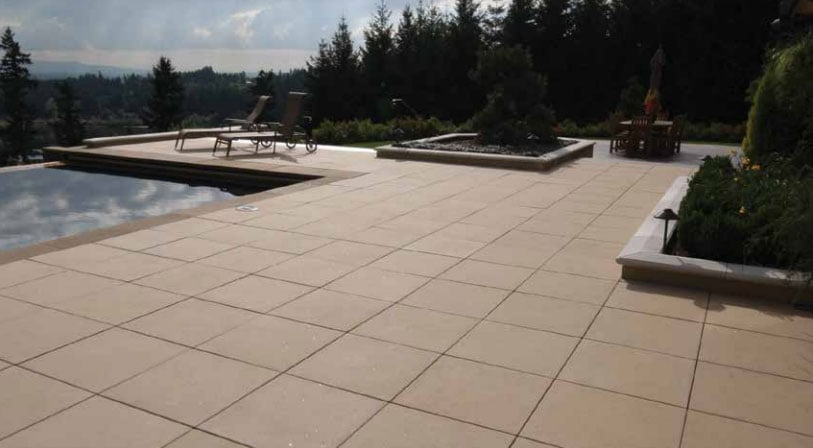
We have three types of integral coloring products to choose from.
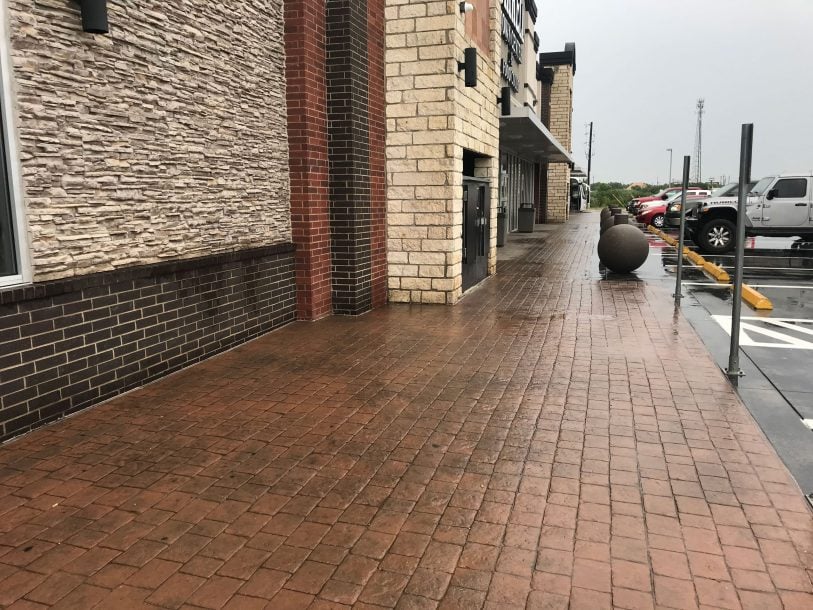
Brickform’s integral colors can be used as a base and these other coloring products can be used to enhance or accent the surface:
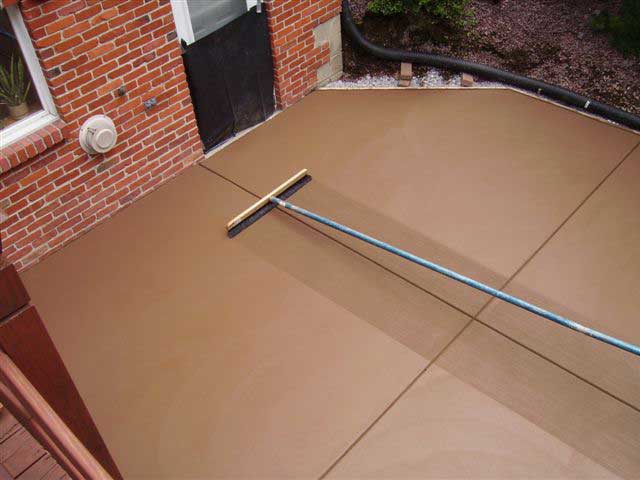
No coloring option is better than another—it just depends on what you want to accomplish. Here are some of the qualities of integral color:
Learn about the differences between using integral color and color hardener.
Sealers are necessary for protecting your concrete surface from wear and tear plus damage from a variety of contaminants. Brickform offers a variety of sealers that come in different sheen and gloss levels. You can also choose to include additives that provide traction or alter the appearance of the surface to achieve the design goals of the project.
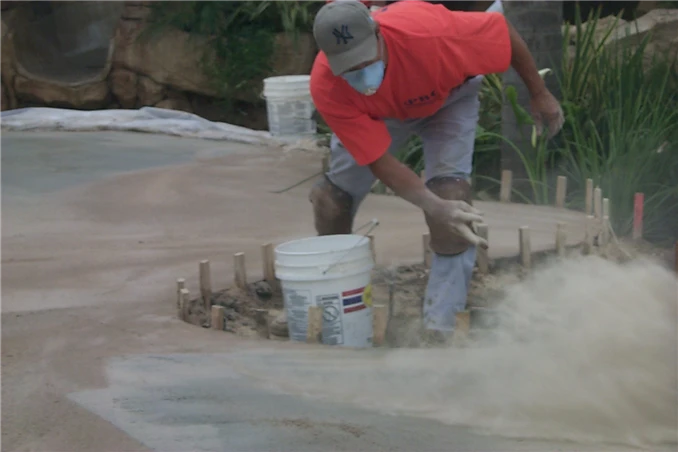
Few debates are as intense as the one between color hardener and integral color. Often the decision is based on the application, but personal preference plays a big part. Read on to discover the pros and cons of both choices....
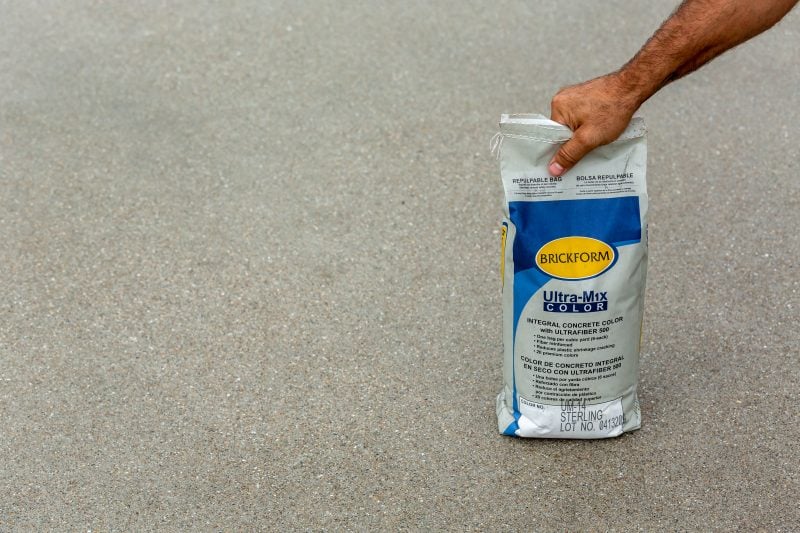
The new integral coloring product that adds the benefits of UltraFiber 500® in a convenient form. Brickform has an exciting new product for the decorative concrete contractor. It’s an integral color with easier dosing and added fiber. This product is...
Brickform was founded in 1971 during the early days of modern decorative concrete. With innovations such as urethane stamps and computer aided design, Brickform has long been at the forefront of the industry.
© 2024 Brickform, a division of Solomon Colors, Inc. All Rights Reserved. Privacy Policy